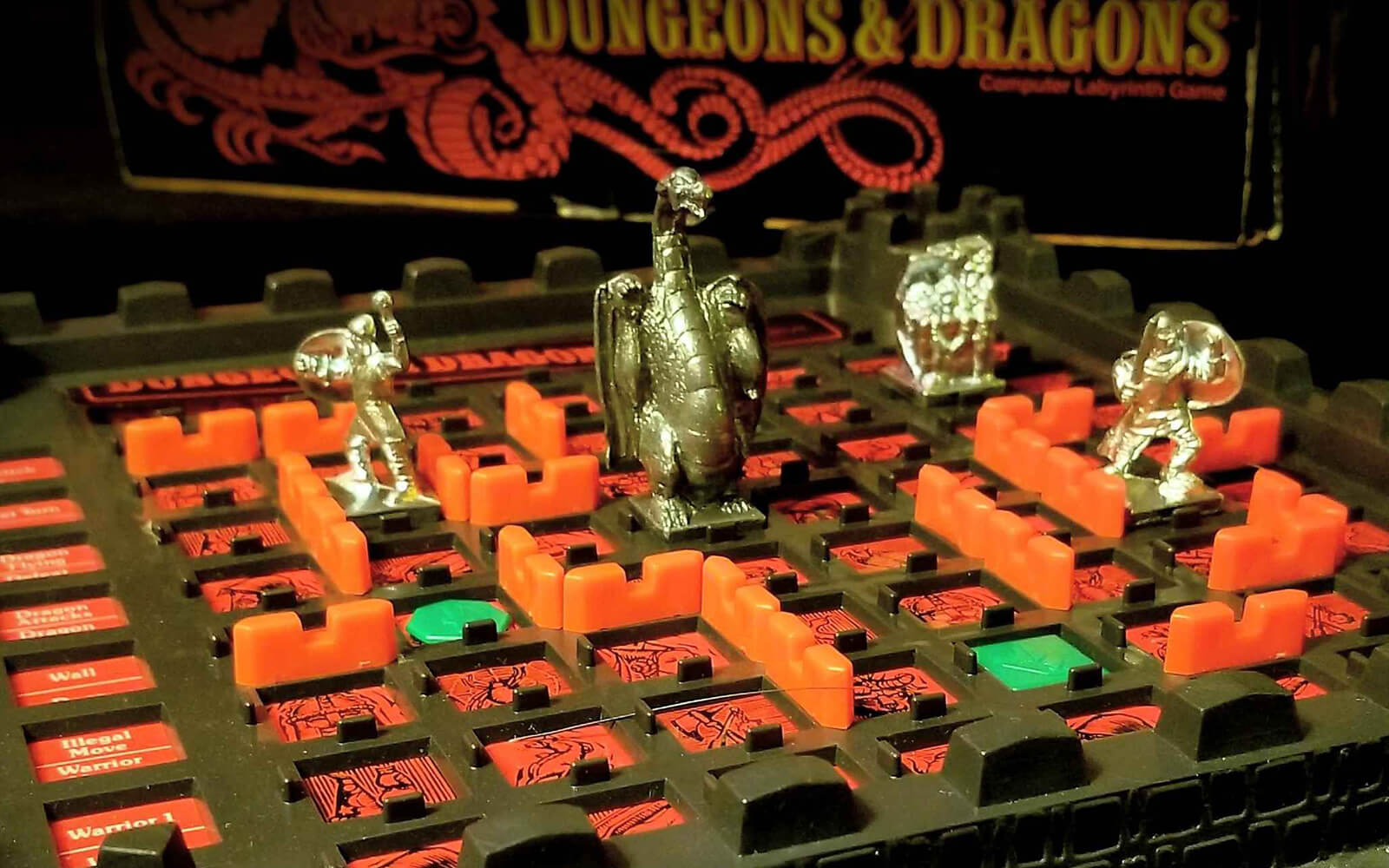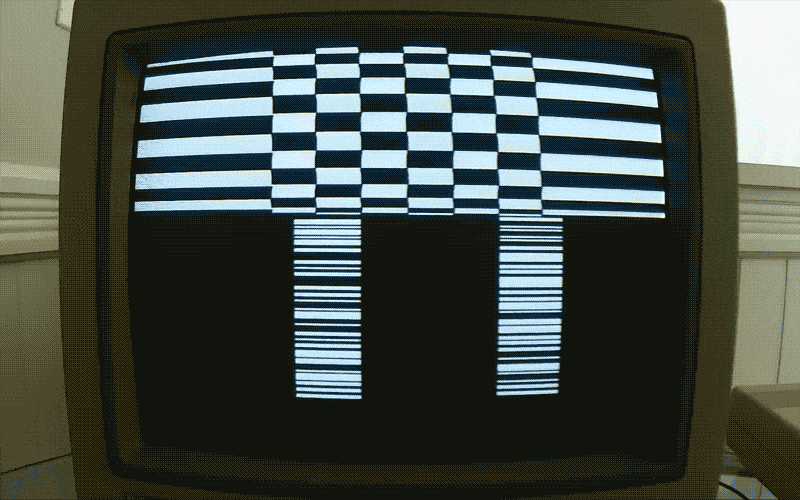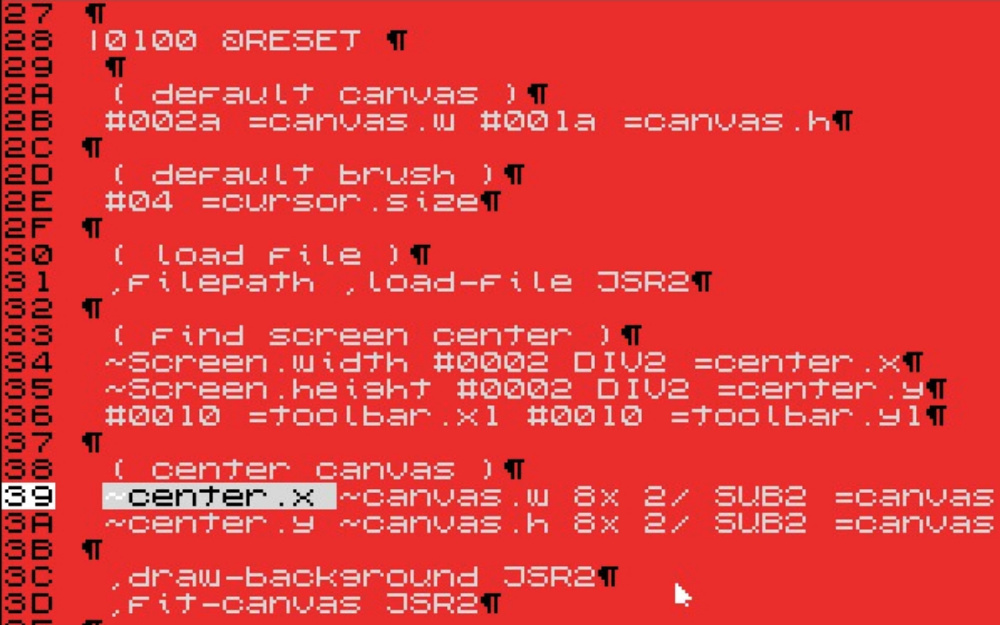1,571 days, 2,407 entries ...
Newsticker, link list, time machine: HOLO.mg/stream logs emerging trajectories in art, science, technology, and culture––every day

In wiring a vintage Commodore 1541 floppy drive directly to a CRT monitor, German software engineer and demoscener Matthias Kramm releases Freespin, “a C64 demo … without the C64,” at Gubbdata, Sweden. Working wonders with the drive’s I/O chips and a hacked serial cable, Kramm sets 16 visual effects including scrollers, plasma, and raster bars to beats generated by the drive’s stepper motor. A C64 is only used to install code on the 1541, explains Kramm in the demonstration video—“I’ll now remove it because it is not needed anymore.”

Hundred Rabbits reveals uxn, an 8-bit virtual computer and new forever home of their eccentric software; a (truly) back to basics approach, it shifts from dependency to “longtermism.” Building on work with 6502 assembly (of NES fame), uxn—new tools built by the duo—is lightweight enough to run on NintendoDS or Raspberry Pi. “Most software is designed to run on disposable electronics and near impossible to maintain, we decided to not participate in this race to the bottom,” they summarize.

Daily discoveries at the nexus of art, science, technology, and culture: Get full access by becoming a HOLO Reader!
- Perspective: research, long-form analysis, and critical commentary
- Encounters: in-depth artist profiles and studio visits of pioneers and key innovators
- Stream: a timeline and news archive with 1,200+ entries and counting
- Edition: HOLO’s annual collector’s edition that captures the calendar year in print
